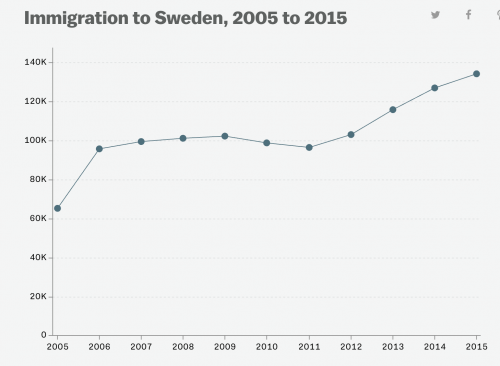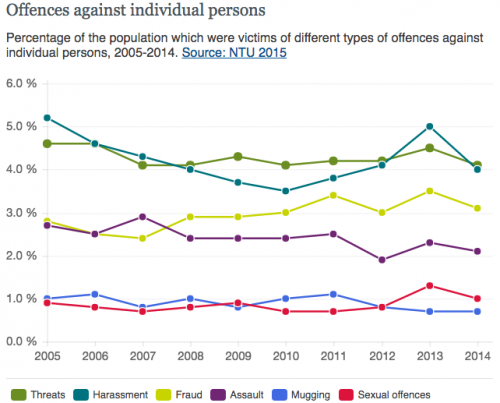Tristero strikes exactly the right note in this letter to the professor who was injured in the protests against Charles Murray at Middlebury. There is no excusing the harm done to Professor Stanger, but there is also no excusing the harm done by Murray.
I have, in fact, read The Bell Curve, the book Charles Murray co-authored with Richard Herrnstein (who died before publication).As I recall, the book appeared to me to be little more than a spectacularly pathetic attempt to boost the low self-esteem of the authors by claiming that blacks in general had inherently lower IQs than their own ethnic groups. My heart went out to Murray and I hoped he would find a good therapist that would instill some some self-confidence in him.
But even more so, my heart went out to the people who would be surely harmed by his terrible book. I knew that The Bell Curve would be mistaken as being super-serious intellectual research (it’s got charts and things!) when it was nothing of the sort.
Here’s where you come in.
Murray is a hero to racists with pretensions to intellectuality, like college-age right-wingers. But having regular access to the Wall Street Journal’s Op-Ed pages (I’ve also read many of Murray’s op-eds and they’re as unserious as The Bell Curve) makes it difficult for Murray to complain that someone’s trying to suppress his freedom of speech. For that, he needs useful idiots who are prepared to invite him not to fawning right wing think tanks or Klan meetings, but to places where the people who his writings actually harm can confront him.
Make no mistake about it: the racism that Murray empowers is as inexcusable and irresponsible as the injuries you suffered. I’m extremely sorry that you were hurt, but I’m also extremely sorry that Murray was provided an excuse to claim the high road. Both are utterly disgraceful outcomes of this unfortunate set of circumstances.
I too read The Bell Curve way back when it first came out, although, thankfully, the details of that pile of shit have faded from my memory, leaving only the recollection of a sensation of disgust. Murray relies on baffling his audiences with the arcana of statistical analysis which neither he nor most of his readers understand, but which earns him the love and appreciation of racists who don’t really care how he gets to his conclusions, as long as those conclusions support their prejudices.
I’m only competent enough in those arcana to see the flaws in his arguments, but not to explain them well. For that, I recommend the invaluable Cosma Shalizi, who made the case against g:
To summarize what follows below (“shorter sloth”, as it were), the case for g rests on a statistical technique, factor analysis, which works solely on correlations between tests. Factor analysis is handy for summarizing data, but can’t tell us where the correlations came from; it always says that there is a general factor whenever there are only positive correlations. The appearance of g is a trivial reflection of that correlation structure. A clear example, known since 1916, shows that factor analysis can give the appearance of a general factor when there are actually many thousands of completely independent and equally strong causes at work. Heritability doesn’t distinguish these alternatives either. Exploratory factor analysis being no good at discovering causal structure, it provides no support for the reality of g.
And also argued against misinterpretations of heritability:
To summarize: Heritability is a technical measure of how much of the variance in a quantitative trait (such as IQ) is associated with genetic differences, in a population with a certain distribution of genotypes and environments. Under some very strong simplifying assumptions, quantitative geneticists use it to calculate the changes to be expected from artificial or natural selection in a statistically steady environment. It says nothing about how much the over-all level of the trait is under genetic control, and it says nothing about how much the trait can change under environmental interventions. If, despite this, one does want to find out the heritability of IQ for some human population, the fact that the simplifying assumptions I mentioned are clearly false in this case means that existing estimates are unreliable, and probably too high, maybe much too high.
Once you knock those two props out from under Murray’s claims, he flops down into a disreputable heap.
But he keeps getting invited to speak at universities. I don’t know why. Stanger claims that the protest was a result of people not reading Murray’s book, but I think the real problem is people who read Murray’s book and don’t understand what a pile of garbage it is.






